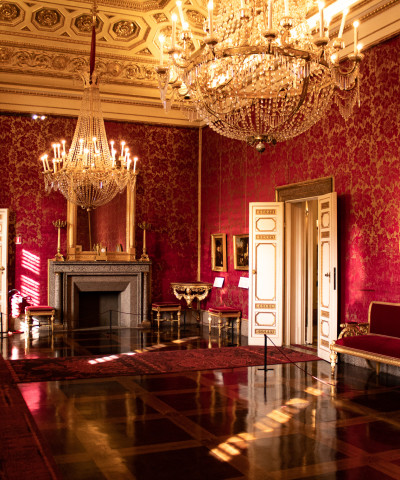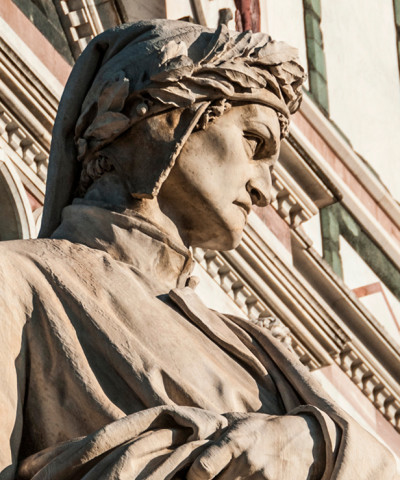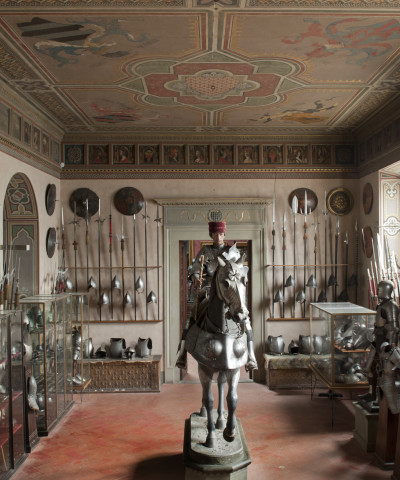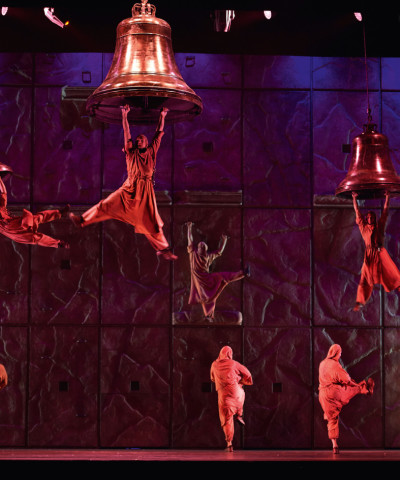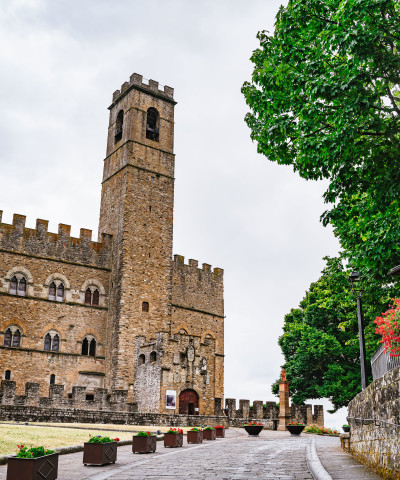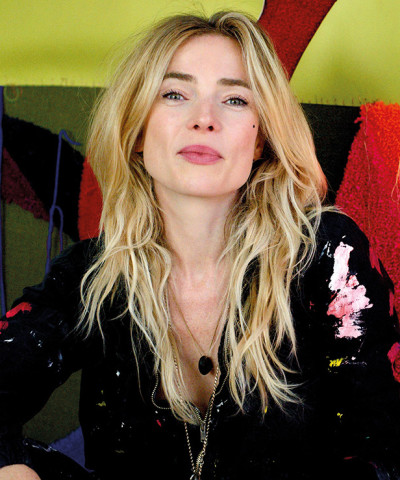FOTOGRAFE! at Villa Bardini and Forte di Belvedere
From June 18 to October 2, 2022, Forte di Belvedere reopens with two must-see exhibitions
Villa Bardini and Forte di Belvedere from June 18 to October 2, 2022, will host two major exhibitions. Admission to the open-air spaces will be free for all, while access to the exhibitions set up in the Palazzina will have a paid ticket. Hours are Tuesday through Sunday, 10 a.m. to 8 p.m.
The first, entitled Play it again curated by Sergio Risaliti and organized by the Mus.e association, features Rä di Martino, from Rome, born in 1975, a visual artist and film maker. The Museo Novecento thus continues in the delocalization of proposals outside the premises in Piazza Santa Maria Novella.
A choice in line with the scientific programming undertaken in recent years by the Museum, which to the exhibitions dedicated to the great artists protagonists of the 20th century has always flanked the discovery and enhancement of young artists of our time, encouraging contemporary productions and paying particular attention to the languages of photography and video installation.
The other exhibition is FOTOGRAFE!, curated by Emanuela Sesti and Walter Guadagnini, presented and promoted by the Fondazione Alinariper la Fotografia and the Fondazione CR Firenze, in collaboration with the Municipality of Florence. A new and ambitious exhibition project whose protagonists are the women photographers of yesterday and today and which unites the rooms of the two venues in a single itinerary, rich and evocative, that combines original works from the Alinari Archives with contemporary productions. The exhibition is an organic part of the summer cultural offer of Forte di Belvedere curated by Museo Novecento.
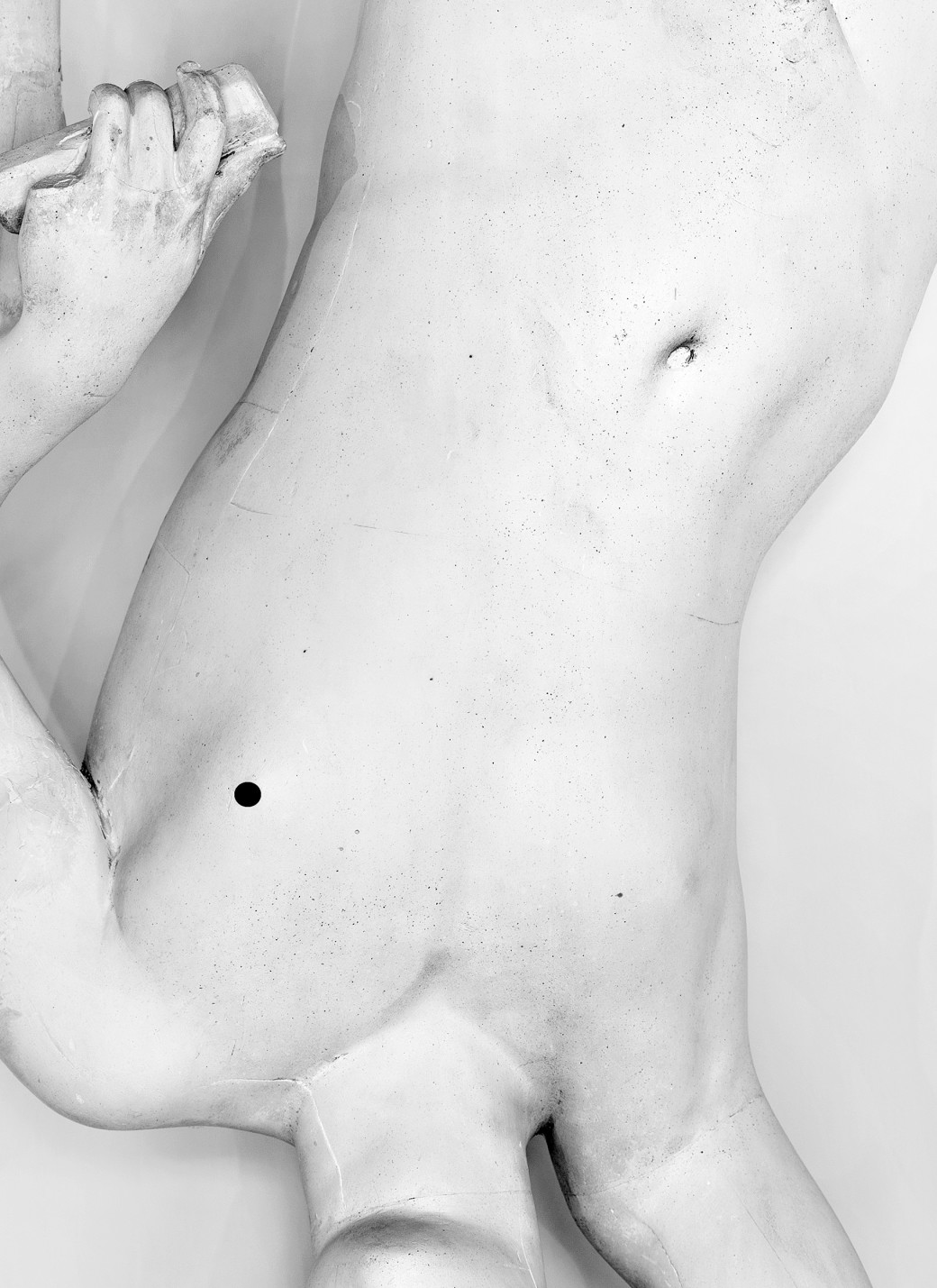 Petrus francesca catastini
Petrus francesca catastiniStarting from the results of the research in the Alinari Archives, the exhibition project creates an itinerary that weaves and re-proposes in a synchronic manner a history that from the photography of the origins crosses the 20th century and arrives at the present day, placing side by side the first photographic procedures and contemporary experimentation. The exhibition does not therefore follow a chronological pattern, but is constructed on the basis of analogies, differences, suggestions, themes and genres, first and foremost the photographic portrait, bringing together in a single itinerary photographs and women photographers born in different periods, places and social contexts: the intention is not so much and not only to search for a specific and hypothetical 'female gaze', but to identify the centrality of certain personalities - often underestimated - in the development of photographic research from its very beginnings. The presence of contemporary women photographers constitutes a further moment of reflection that invests today's artistic practices, starting from the relationship with the past and with memory, whether individual or collective, within a constantly changing world, where even social roles and the paradigms linked to them are in constant evolution.
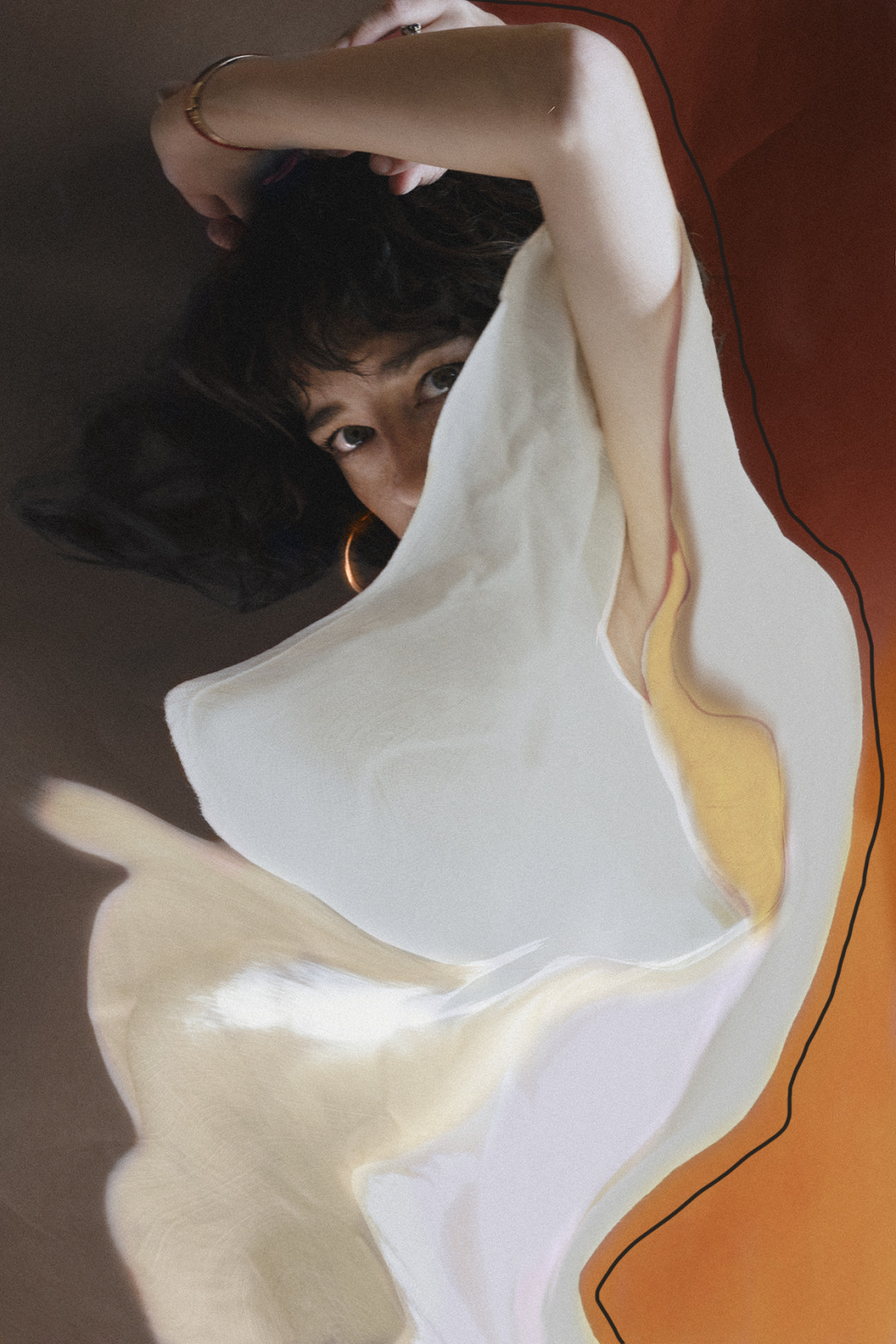 Sofia Uslenghi ArtNoject
Sofia Uslenghi ArtNoject On display are vintage prints, albums and negatives from the Alinari Archives, works from the various collections of more than forty female photographers, many of them previously unpublished, starting with those of the first daguerreotypists from the 1840s, such as the Frenchwoman Bernardine Caroline Théodora Hirza Lejeune (Paris 1824-1895) from the Unique Objects Fund, which was restored, catalogued and digitised in 2021 thanks to the support of the Fondazione CR Firenze. The original prints by Julia Margaret Cameron, Dorothea Lange, Margaret Bourke-White, Lucia Moholy, Maria Mulas, Ketty La Rocca, Lisetta Carmi, Diane Arbus, Bettina Rheims, to name but a few, are compared with the productions of ten Italian artists, Eleonora Agostini, Arianna Arcara, Federica Belli, Marina Caneve, Francesca Catastini, Myriam Meloni, Giulia Parlato, Roselena Ramistella, Sofia Uslenghi and Alba Zari, representatives of the younger generation, born after 1980, which has been making a name for itself in recent years both nationally and internationally, present with works that interact with the Alinari historical heritage. The authors thus trigger an ideal conversation with the historical photographs and with the archive itself, so as to enhance their materiality and aura, thus also proposing new keys to interpreting the images from a sometimes distant past.
The exhibition is enriched by two sections devoted to the fonds of the Alinari Archives: that of the sisters Wanda Wulz (Trieste 1903-1984) and Marion Wulz (Trieste 1905-1990) and that of Edith Arnaldi (Vienna 1884-Rome 1978), known above all as a writer and artist of the Futurist area under the pseudonym Rosa Rosà, who is among the artists selected for the exhibition at the Venice Art Biennial curated by Cecilia Alemani.
On the one hand, the Wulz collection, whose negatives will also be exhibited at Villa Bardini, which will hold important surprises in store for the public and scholars, particularly regarding the working and artistic association with his sister Marion. On the other hand, at Forte Belvedere, there is a completely unexplored archive, substantially unpublished, which, thanks also to the research of art historian Lisa Hanstein, will make it possible to bring to light the photographic production of a multifaceted artist like Edith Arnaldi, characterised by portraits and travel photographs taken in Italy, Europe and Africa, and by portraits taken in her studio in Rome, instrumental in the investigation of her Futurist painting.
During the opening there will be dialogues with the artists in the exhibition, guided tours and workshops for children and families.









